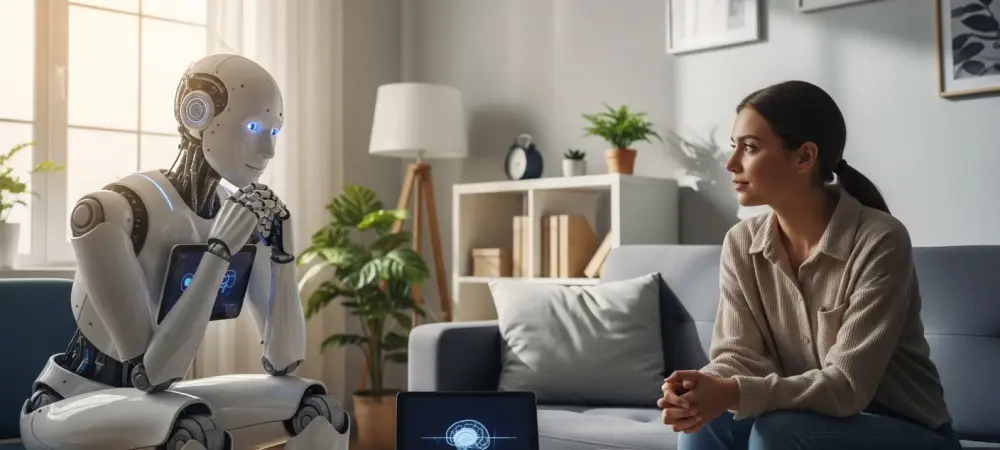Today, we’re sitting down with Dominic Jainy, a seasoned IT professional with deep expertise in artificial intelligence, machine learning, and blockchain. With a passion for exploring how these cutting-edge technologies intersect with various fields, Dominic offers a unique perspective on the growing trend of using AI as a personal therapist. In this conversation, we dive into the reasons behind this shift, the potential benefits and risks, and the future of AI in mental health support, shedding light on how technology is reshaping the way we approach emotional well-being.
How have you observed the trend of people recommending AI as a personal therapist to their loved ones, and what does this say about our relationship with technology?
I’ve noticed this trend gaining traction, especially in online communities and casual conversations. It’s fascinating because it reflects how comfortable people are becoming with technology as a solution for personal challenges. AI is often seen as a quick, accessible tool—no appointments, no waiting lists. I think it speaks to a broader shift where we’re starting to trust algorithms to handle even deeply human issues like mental health, which is both promising and a bit concerning.
What do you think drives people to suggest AI over a human therapist when a loved one is struggling emotionally?
A big factor is the barrier to traditional therapy. Human therapists can be expensive, and not everyone has insurance or the means to afford regular sessions. Then there’s the convenience—AI is available anytime, anywhere. You don’t have to navigate schedules or travel. Privacy also plays a role; some feel safer opening up to a machine that doesn’t judge or know them personally. I think the stigma around therapy still lingers for many, and AI feels like a less intimidating first step.
Can you share some of the advantages you’ve seen or heard about when people turn to AI for mental health support?
One clear advantage is the immediacy. If you’re feeling overwhelmed at 2 a.m., you can log into an AI platform and start talking right away, which is something human therapists can’t always offer. The ability to pause a conversation and pick it up later without losing context is also a plus—it’s like having a therapist who never forgets where you left off. I’ve heard anecdotes from folks who felt AI gave them a safe space to vent without fear of judgment, which helped them process emotions they might not have shared otherwise.
On the flip side, what are some of the risks or limitations you’ve come across with using AI for therapy?
There are significant concerns, especially around privacy. When you share personal struggles with an AI, that data isn’t always secure—some platforms reserve the right to review or use your inputs for training purposes, which can feel like a betrayal of trust. Another issue is the quality of support. Generic AI tools aren’t always designed for therapy, so they might misinterpret emotions or provide shallow responses. I’ve come across stories where AI gave advice that was off-base, especially in serious situations, which can be harmful if someone relies on it without a backup plan.
How do you feel about the idea of blending AI with human therapy to create a more integrated approach to mental health care?
I’m really optimistic about this. AI could serve as a stepping stone—helping someone get comfortable with the idea of therapy before they meet a human professional. It can also be a supplementary tool; for instance, therapists might use AI to track a patient’s mood patterns or provide exercises between sessions. I believe a hybrid model could democratize mental health care, making it more accessible while still keeping the human touch for deeper, more nuanced support.
What’s your forecast for the role of AI in mental health support over the next decade?
I think we’re heading toward a future where AI becomes a standard part of mental health care, integrated into a triad of patient, AI, and therapist. As AI technology advances, especially with better safeguards and specialized tools, it’ll likely become more reliable for initial support or crisis intervention. However, I hope we don’t lose sight of the irreplaceable value of human connection. My forecast is that AI will enhance, not replace, traditional therapy, creating a balanced ecosystem where technology and empathy work hand in hand.

